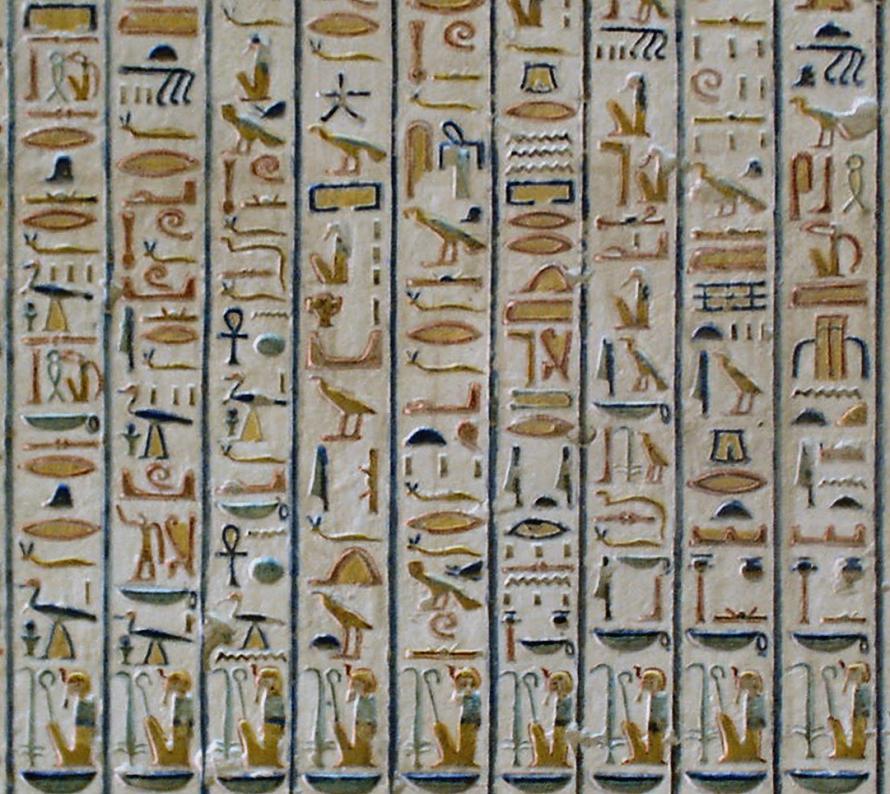Egyptology is not quit archaeology. It focuses on one culture and their history, culture, language and customs. It however does use many aspects of archaeology, such as scientific excavations and analysis of their culture. Yet it does not do so to improve the future.
In popular culture as well as opinion mummies are a large part of Egyptology and many people have had strange fascinations with them now and through out history. In the 19th century European aristocrats would purchase mummies, unwrap, and observe them for their own entertainment. Hundreds of mummies were destroyed during this time. Egyptology focuses on every aspect of the Egyptian culture such as their language and how it was used. This helps them to be able to read the sarcophagus and make a connection to whom the person was and who mthey were related to. For archaeology this doesn’t matter at all. Who cares who this mummies father was or who his grandfather was? Archaeology’s main focus is to gather information that can help our future. Before these mummies were bought and sold to uppity Englishmen so that they could destroy history, many mummies were even lost by people who believed they had some sort of supernatural healing powers, which just throws any thoughts of real academic and information gathering archaeology out of the window. They would grind them into powders for color as well as pharmaceutical use. The furry friends of mummies were also used during this time when mummified cats were processed into fertilizer and used in England.

Hieroglyphs cover sarcophagi in order to describe the preserved person within, as well as lead them into the after life.
Though there are lots of movies and myths and fascination with mummies we can actually learn valuable information about cultures through their mummification processes. We can see how cultures valued their dead and what they thought of after life and other spiritual beliefs they held. We can see differences between different social classes and the differences in how their dead were buried. We can also learn about the physiology of people from the time and place of these mummies as they can be very well preserved.

This is an example of an egyptian sarcophagus showing hieroglyphs as well as a depiction of the persons face.
So basically mummies are very cool and when used in the proper way can be very useful for archaeology and not just Egyptology, especially since many cultures throughout history mummified their dead in order to grant them a successful beginning into the after life.
http://playingintheworldgame.files.wordpress.com/2013/08/hieroglyphs01.jpg
http://www.globalegyptianmuseum.org/images/glos/sarcophagus,%20coffin.jpg
http://www.si.edu/Encyclopedia_SI/nmnh/mummies.htm

The Occidental preoccupation with mummies has survived into the modern era; as the British Museum’s website matter-of-factly explains, “Egyptian mummies are always popular with museum visitors.” They are also, as you note, extremely rich specimens from the point of view of anthropology– mummies can tell us about nutrition, general health, and causes of death, not to mention life expectancy, religious beliefs, family relations, and material culture. Up until the last half-century, the only way to study mummified bodies was to unwrap them, a destructive process that rendered them useless for further study and, many think, disrespected them as human remains. However, the British Museum has found a way to study the body of Nesperennub, an Egyptian priest, without damaging his remains. Thanks to X-Ray and CT scanning, they have created a composite 3-D image of his face and body even though “his beautifully painted mummy-case has never been opened since it was sealed up by embalmers in Thebes nearly three thousand years ago.” While it is difficult to deny the carelessness and callousness of Europeans of the Victorian Era, new technology can mean that, at least sometimes, human curiosity has become less destructive of the past.
Read more about their research here: http://www.britishmuseum.org/explore/online_tours/egypt/mummy_the_inside_story/mummy_the_inside_story.aspx
Mummies are a staple of Egyptian history with the symbol of a wrapped body in a sarcophagus being what most people think of when they think of Ancient Egypt. These mummies are not only fascinating but the amount of information available from them is astonishing as we cannot only learn about their health and their deaths, but also can learn about their religious practices and families from the hieroglyphs on their wrappings and sarcophagus. With technology such as X-rays and CT Scans we now can form 3D images of the remains. These x-rays shoot a beam of rays into the body and as they pass through some tissue absorbs more radiation then others. Bones appear white because they absorb a lot of the radiation while soft tissue appears gray. Cat scans are like x-rays except that they scan the entire body to make a three-dimensional image that reveals more such as internal organs and blood vessels. Helping to better identify the causes of death and the overall health of the once-living human.